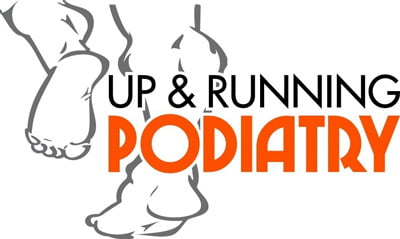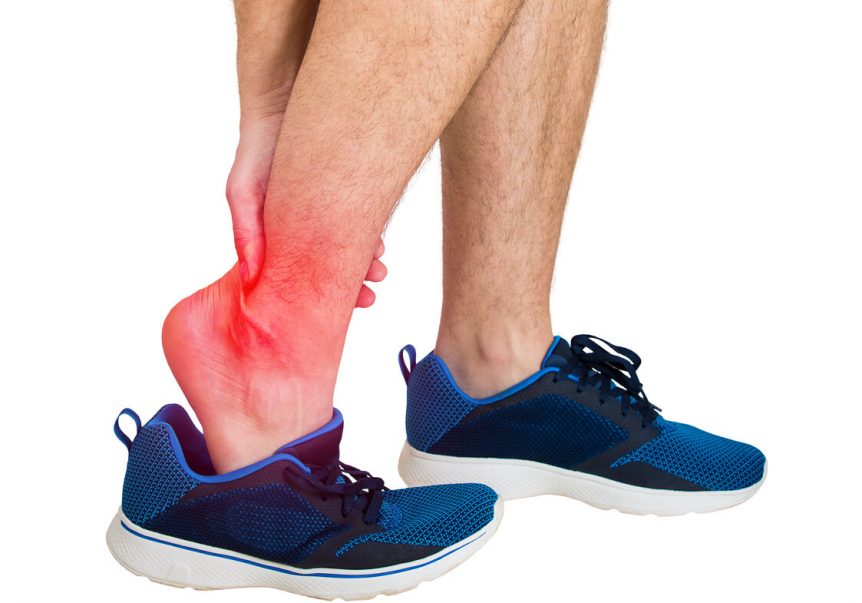For many of us, exercise plays a vital role in our lives and shapes our identity. Any minor ache or injury that hampers our ability to move and function daily can significantly impact our mental well-being. This impact becomes even more pronounced during the COVID-19 pandemic, where our mobility and activities are severely limited.
During the COVID-19 pandemic, we have observed a rise in Achilles tendon injuries due to excessive strain on the tendons. Factors contributing to this include:
Understanding the Achilles Tendon
The Achilles tendon is a robust fibrous structure that links the calf muscle to the heel bone (calcaneus). It plays a crucial role in walking and running by facilitating the upward movement of the foot, essential for the push-off phase of each step.
The Achilles tendon is responsible for storing and releasing energy and can endure heavy loads, supporting up to 6-7 times the body weight during running.
Causes of Achilles Tendon Pain
Tendons are sensitive structures that don’t respond well to repetitive strain without proper rest. Inconsistencies in training, sudden changes in exercise routines, and lack of appropriate rest can lead to Achilles tendon pain. The pain can vary in intensity and progress through different stages, from early inflammation to prolonged chronic discomfort accompanied by calcification of the tendon structure.
Excessive load, weak calf muscles, restricted ankle movement, improper foot mechanics, and inadequate footwear are common factors contributing to Achilles tendon pain.
COVID-19 and Achilles Tendon Flare-ups
COVID can exacerbate Achilles tendon pain for several reasons:
- History of Unmanaged Pain: Individuals with a history of untreated Achilles tendon pain are more prone to its recurrence.
- Altered Activity Levels: Changes in indoor facilities’ availability have led to increased outdoor activity, altering activity levels, intensity, and the surface used for exercise.
- Sedentary Lifestyle: Working from home often involves prolonged periods of sitting, resulting in reduced low-intensity activities.
- Improper Footwear: Wearing flat footwear like slippers while working from home, especially in combination with a standing desk, can increase pressure on the Achilles tendon and heel.
- Inadequate Footwear Support: Overused walking and running shoes can provide insufficient support, worsening the problem.
Immediate Changes for Relief
To alleviate Achilles tendon discomfort, consider implementing the following changes:
- Adjust Activity Intensity and Frequency: Reduce the frequency and intensity of walking or running. Allow 24-48 hours between runs for tendon recovery and tissue repair.
- Calf Muscle and Foot Rolling: Use a roller to massage the calf muscles and a ball (golf, spiky, or lacrosse) to roll under the foot, avoiding the painful area along the Achilles tendon.
- Footwear Update: Replace worn-out running shoes as they lose support after 600-800 kilometres of use.
- Movement Breaks: Stand up and move around every 30 minutes if working from home. Perform muscle rolls and stretches to prevent stiffness.
- Proper Footwear for Standing Desk: Wear supportive shoes when using a standing desk at home.
Management and Prevention
To strengthen the Achilles tendon and prevent reinjury, gradually increase the load within a tolerable pain range. Incorporate weighted calf raises into your routine to enhance lower leg and foot strength.
Perform calf and plantar fascia rolling after exercise to relieve tightness.
To minimise strain, alternate between two pairs of running shoes to distribute muscle strain.
Podiatrists’ Role in Helping
Our podiatrists offer the following assistance:
- Injury assessment and screening for walking/running biomechanics.
- Guidance in managing training load and creating walking/running programs.
- Taping and offloading techniques.
- Footwear assessment and education.
- Orthotic therapy.
- Prescription and direction for strength exercises.
- Shockwave therapy.
What’s Next?
If pain persists, consider booking an online telehealth or face-to-face consultation with our professionals. For more information, contact Up & Running Podiatry, with three clinics across Melbourne.
Stay active, stay healthy!

